The ECW526, the first Wi-Fi 7 Cloud Mange Access Point from EnGenius, is totally different from the company's first Wi-Fi 6E counterpart in terms of costs. Currently available for less than $300, it's much more affordable despite supporting the latest Wi-Fi 7 standard.
On the inside, however, the new AP is virtually the Wi-Fi 7 version and the older Wi-Fi 6E cousin. It's a cloud-managed access point that won't work without connecting to the vendor. On top of that, though fast, its performance is a bit subdued, considering its top-tier PoE+ uplink port.
Still, if you're looking for a quick way to upgrade your Wi-Fi to the latest standard, the EnGenius ECW526 is worth the cost. Consider it today!

EnGenius ECW526: A subdued Wi-Fi 7 access point
The EnGenius ECW526 comes in a typical package for business-class access points: It includes mounting accessories and nothing else.
The AP is relatively compact and has a 10Gbps PoE+ port on one of its corners, which is a bit different from others. This corner location means it's going to be hard to hide the network cable. Other than that, there's also a standard 12V power port, but neither a power adapter nor a PoE injector is included. In other words, to use the AP, you'll need to have a PoE+ switch or get your own injector.
The 10GBASE-T port also means the AP has the top uplink bandwidth, which makes its mid-tier Wi-Fi 7 a bit disappointing. The table below shows its hardware specs against those of the Zyxel NWA130BE.


EnGenius ECW526 vs. Zyxel NWA130BE: Hardware specifications
 |  | |
|---|---|---|
| Name | EnGenius Cloud Managed ECW526 Wi-Fi 7 Tri-Band Access Point | Zyxel NWA130BE BE11000 Wi-Fi 7 Triple-Radio NebulaFlex Access Point |
| Model | ECW526 | NWA130BE |
| Wi-Fi Standards | Tri-band BE11000 | Tri-band BE22000 |
| Broadcasting Power (U.S.) | 2.4GHz/5GHz/6GHz: 23/22/22dBm | 2.4GHz/5GHz/6GHz: 29/28/23dBm |
| 6 GHz Speeds (channel width) | 2x2 BE: Up to 5764 Mbps (20/40/80/160/320MHz) | |
| 5 GHz Speeds (channel width) | 2x2 BE: Up to 2162 Mbps (20/40/80/160MHz) | 2x2 BE: Up to 4324 Mbps (20/40/80/160/240MHz) |
| 2.4 GH Speeds (channel with) | 2x2 BE: Up to 688 Mbps (20/40MHz) | |
| Number of SSIDs | 8 (single or multiple bands) | |
| Multi-Link Operation (MLO) | Yes | |
| Automated Frequency Coordination (AFC) | No (at launch) | |
| Operating Mode | EnGenius Cloud (ECW account required) | Standalone or via Controller/Nebula Cloud-managed (Nebula account required) |
| Backward Compatibility | 802.11/axe/ax/ac/n/g/a/b | |
| Power over Ethernet (PoE) | 802.11at (PoE+) | |
| Injector Induded | No | |
| DC input | DC 12 V | |
| Adapter Included | No | |
| Multi-Gig port | 1 x 10GBASE-T PoE+ (uplink) | 1 x 2.5GBASE-T PoE+ (uplink) 1 x 2.5GBASE-T |
| Gigabit Port | none | |
| Wireless Security Methods | WEP/WPA/WPA2-PSK/WPA3 | |
| Authentication | IEEE 802.1X/RADIUS | |
| Mobile App | EnGenius Cloud 2Go | Zyxel Nebula |
| Dimensions (W x D x H) | 7.48 x 7.48 x 1.55 in (190 x 190 x 39.5 mm) | 9.84 x 6.30 x 1.85 in (250 x 160 x 47mm) |
| Weight | 1.59 lbs (720 g) | 1.79 lbs (808 g) |
| Chipset | Qualcomm Networking Pro 1220 | Qualcomm Networking Pro 620 |
| Operating Environment | Temperature: 0°C to 45°C/32°F to 113°F Humidity: 10% to 90% (non-condensing) | |
| Release Date | June 2024 | March 4, 2024 |
| Warranty | 5-year | Lifetime |
| US Price (at launch) | $300 | $179.99 |
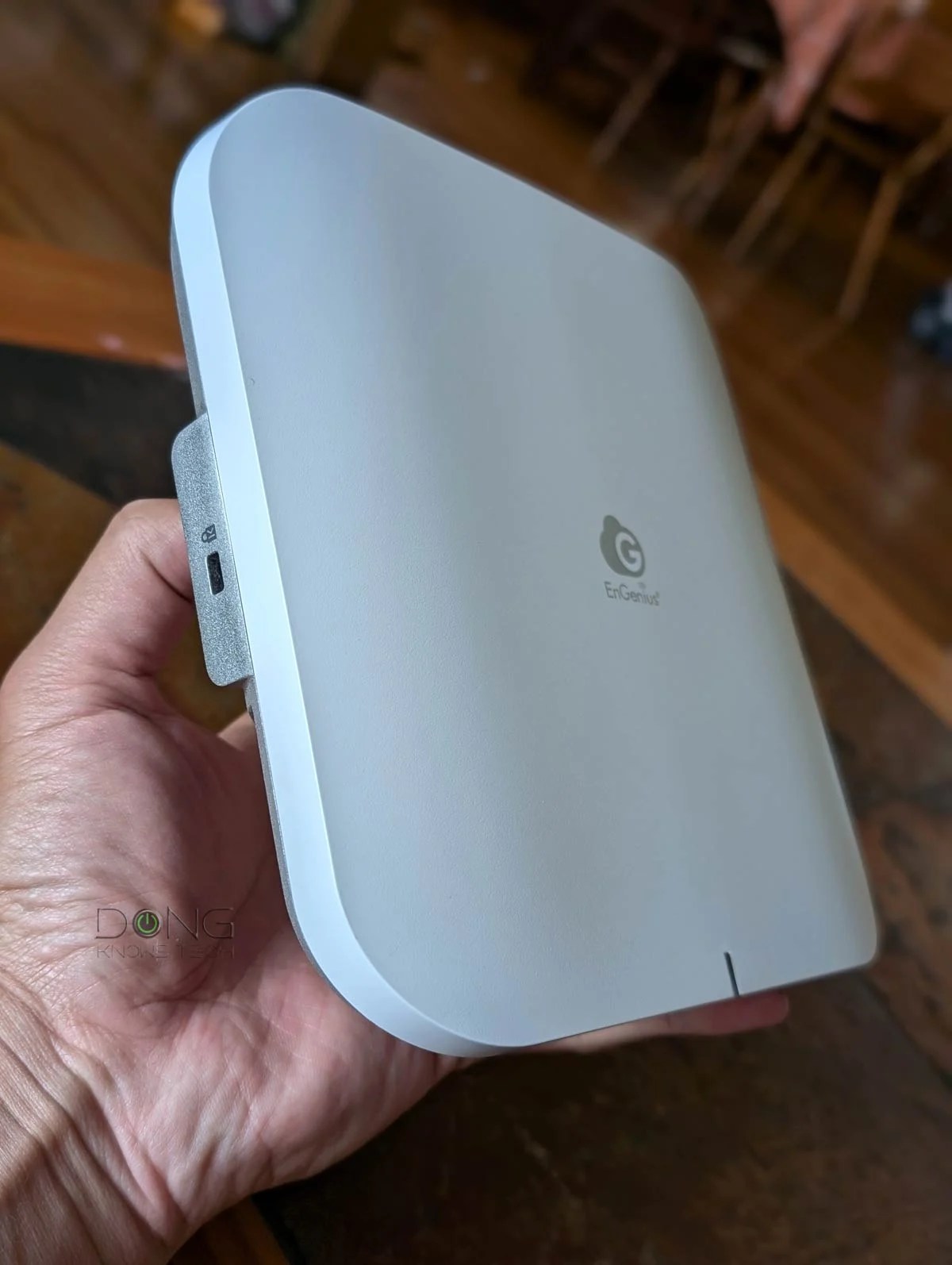
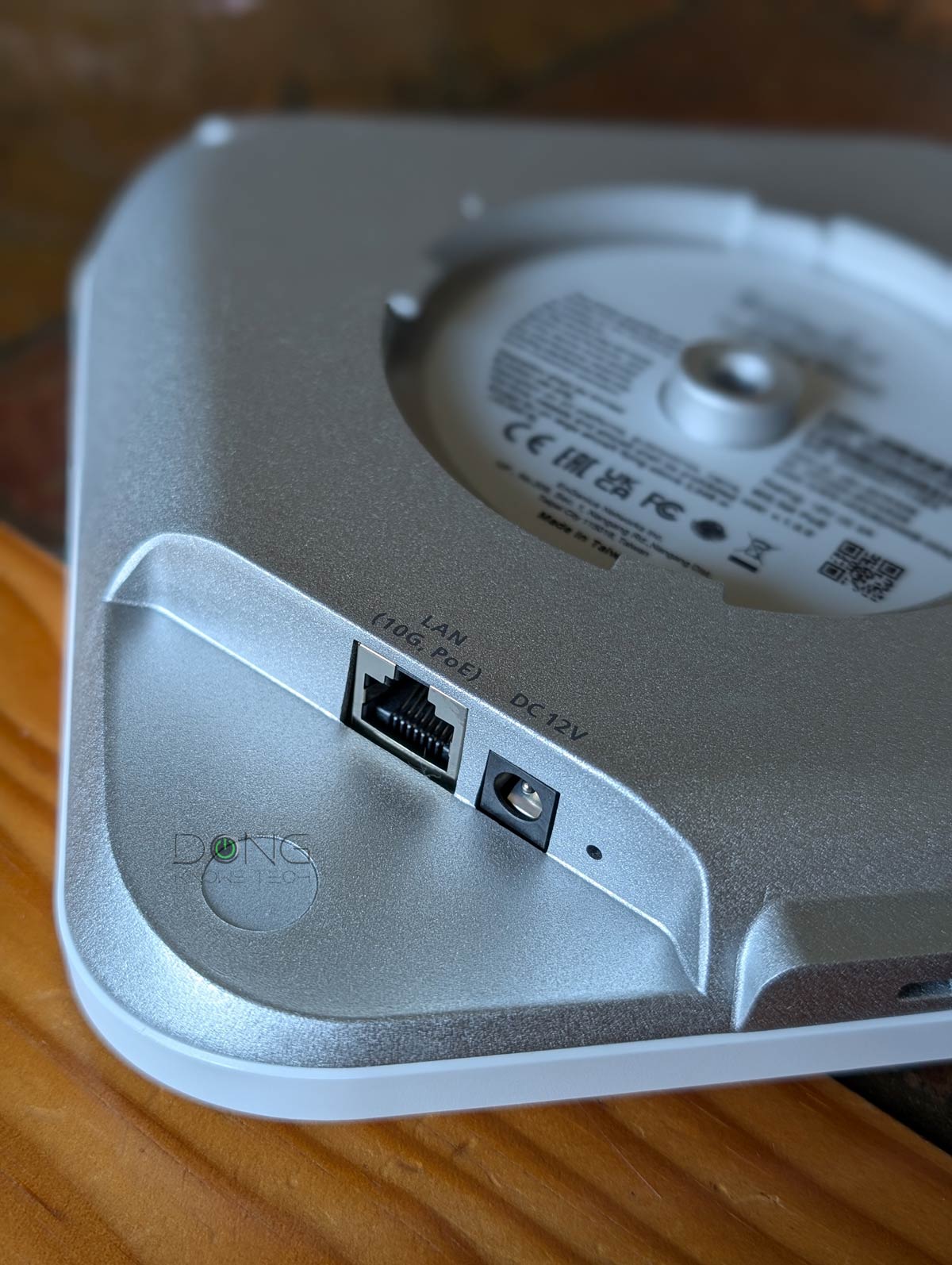
As shown in the table, the ECW526's specs are not entirely better than the Zyxel NWA130BE, which costs less. That makes its relatively low cost (compared to previous ECW APs) a bit less enticing.
A typical EnGenius Cloud-Managed (ECW) access point
It's worth noting that like other ECW access points from EnGenius, the new ECW526 can't work on its own as locally managed APs. While it does have a local web user interface, you can't use it to set up its Wi-Fi bands. Instead, the web UI is only for viewing status updates and firmware upgrades.

To put it into actual use, you'll first have to link it to an EnGenius Cloud account. The process is relatively simple:
You can use the EnGenious Cloud2Go mobile app to scan the QR code on the AP's underside or manually enter its serious number in the "Inventory and License" section of the EnGenius Cloud web interface. That's it; the AP will automatically pick up the account's Wi-Fi settings. That's typically the case with cloud-managed APs.
EnGenious's cloud management has a free Basic Plan that's enough for most homes and small offices. The Pro Plan, which requires paid licenses, is generally applicable only to enterprise-class environments.
Once synced up to an ECW account, the EnGenius ECW526 has lots of options to offer. Among other things, you can create up to 8 main SSIDs; each can host one, two, or all three bands. Additionally, multiple ECW units can work together to provide a robust mesh system.
For those thinking of offering a public Wi-Fi network, EnGenious's cloud features a captive portal per SSID. There are also options for QoS and VLAN. In short, the EnGenius ECW526 has everything you'd need in an access point. You can use it to host a simple Wi-Fi network or an advanced enterprise-class scenario, depending on your needs.


EnGenius ECW526: Reliable but modest Wi-Fi performance
I tested the EnGenius ECW526 for over a week and felt a bit indifferent about it. The AP worked well and proved reliable—it passed the 3-day stress test with no disconnection. However, both its range and Wi-Fi throughput were modest.
It's hard to quantify the Wi-Fi range, but you can expect it to blanket some 1600 ft² (150m²) when placed at the center. It's worth noting that the hardware didn't seem to feature AFC. Its 6GHz band had a noticeably shorter range than the 5GHz. It's unclear if AFC would be added later via firmware updates.
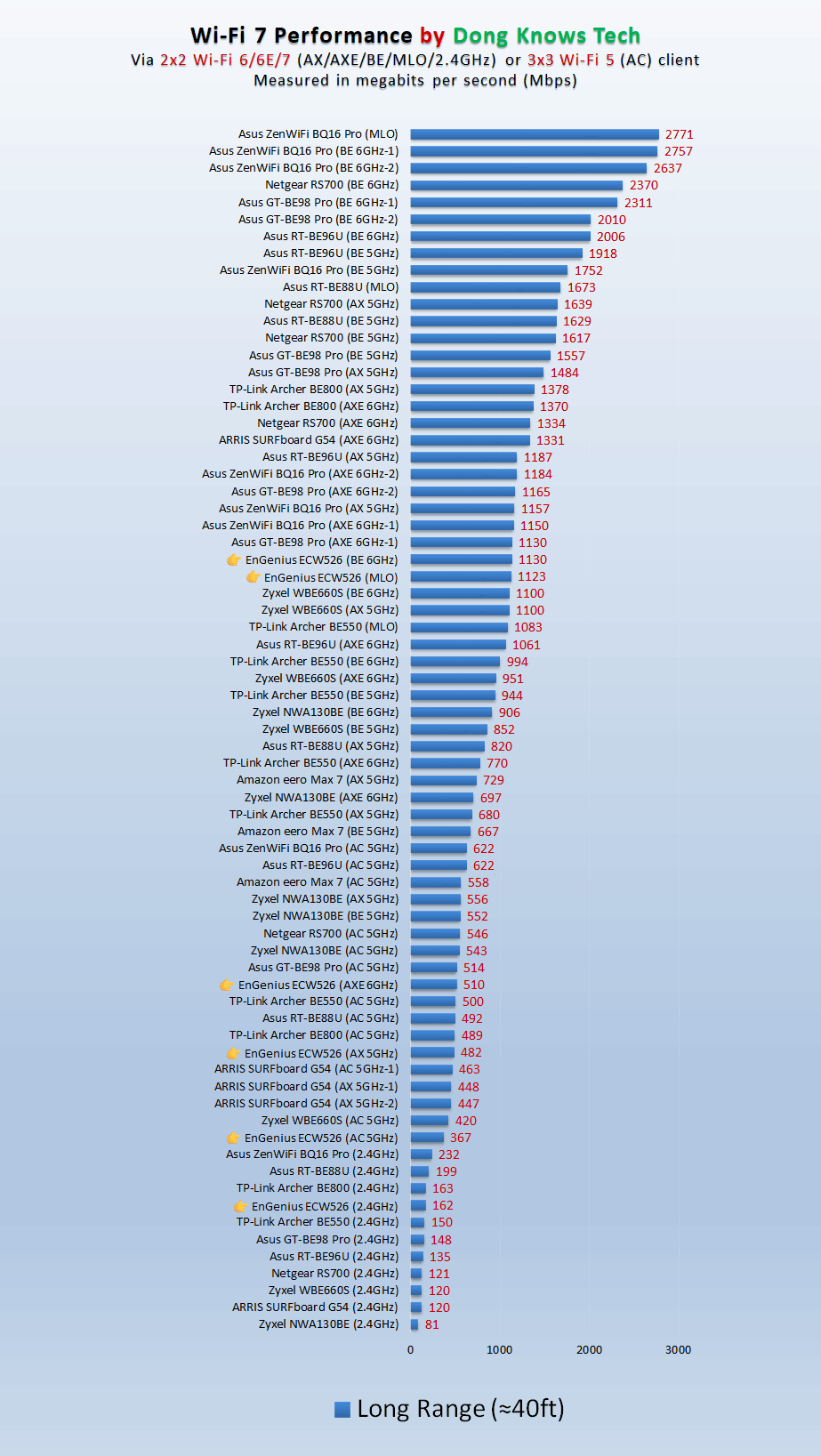

On the other hand, the MLO feature worked, though it didn't show much improvement in terms of speeds, as you can see on the chart. Considering the 10GBASE-T PoE+ port, I expected the AP to deliver sustained Wi-Fi rates of 2Gbps or even more to a 2x2 Wi-Fi 7 client. In reality, it topped out at low Gig+. That wasn't slow, just not as fast as its specs could be.
What is Gig+
Gig+, or Gig Plus, conveys a speed grade faster than 1Gbps but slower than 2Gbps. So, it's 1.5Gbps, give or take, and it's not speedy enough to qualify as Multi-Gig Ethernet or multi-Gigabit. Intel coined the term to call its Wi-Fi 6E client chips—the AX210 and AX211—to describe their real-world speeds.
Gig+ generally applies to the sustained speeds of Wi-Fi 6 or 6E—via a 2x2 at 160MHz connection, which has the 2402Mbps theoretical ceiling speed—or Internet speed. It's generally not used to describe wired network connections.
Additionally, the 5GHz band proved to be Wi-Fi 6-only in my testing. Specifically, all of my Wi-Fi 7 clients are only connected to this band using the older Wi-Fi standards. While this might change with future firmware updates, for now, the best performance you'll get from the AP is via the 6GHz band or its MLO-enabled SSID, both of which are susceptible to the band's innate short range.
Overall, the EnGenius ECW526 didn't have the wow factor of Wi-Fi 7. Again, that doesn't mean it's not a fast access point. It's just not as fast as you might expect, considering its cool 10Gbps PoE+ uplink port.
The AP remained cool in my trial. It only became a little warm, even during extended operations. Having no internal fan, it was completely silent.
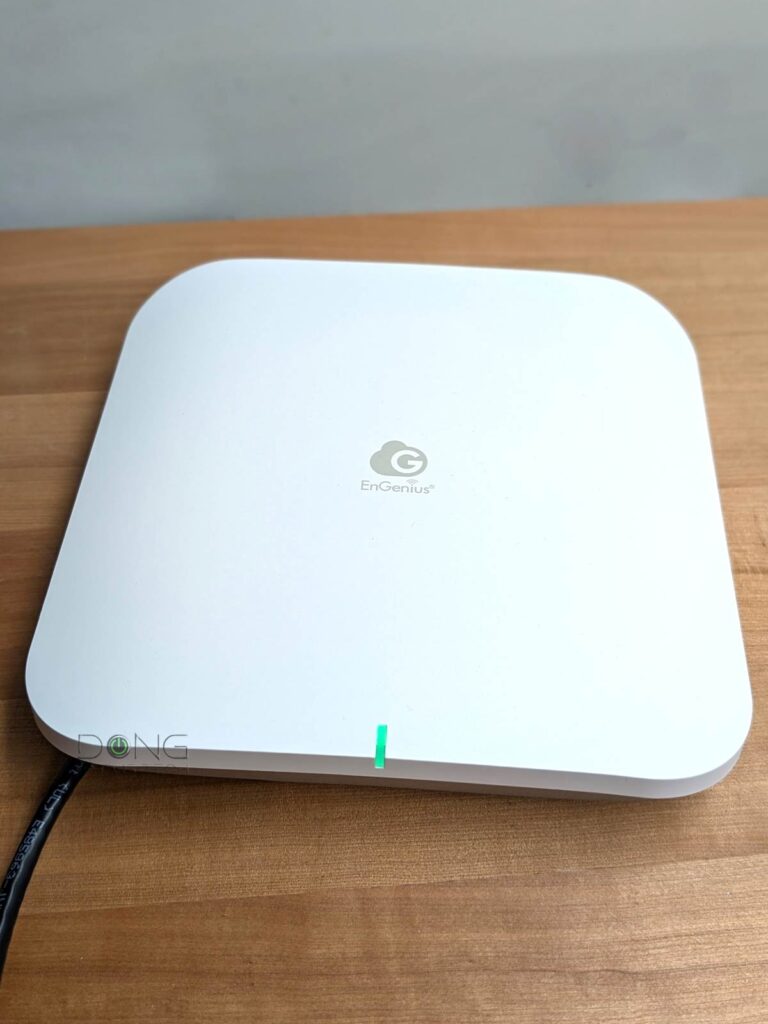
EnGenius ECW526 Wi-Fi 7 AP's Rating
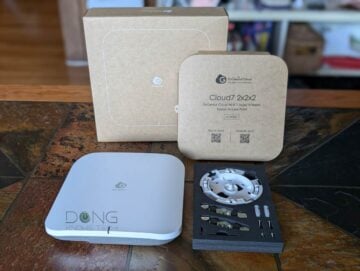
Pros
Reliable performance with an excellent basic (free) cloud-based management
Easy-to-use, practical design, wall-mount-ready
10Gbps PoE+ network port
Cons
Can't work as a local-managed device; no AFC and Wi-Fi 7 on 5GHz (at launch)
No power adapter or PoE injector is included
Wi-Fi throughput and coverage could be better
Conclusion
With the current street pricing of less than $300 apiece, the EnGenius ECW336 Cloud Managed Access Point is a decent way to upgrade your network to Wi-Fi 7 as long as you're OK with using an EnGenius cloud account.
However, the fact that it can't work without linking to a vendor's account alone means it's far from the best. For example, the slightly slower Zyxel NWA130BE has more to offer, including local management, and costs a tad more than half the price.
For more Wi-Fi 7 options, especially those made for the home, check out these best lists.


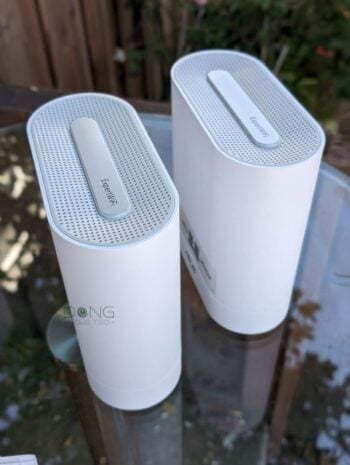




FYI, I have been using the 4x4x4 ECW536 since January and have had nothing but problems with VLANs. Two wireless devices on different VLAN’s can’t reliable communicate via TCP. Engenius support has not been able to resolve since I reached out the 3-4 months ago. Suggest trying the VLAN functionality. I was not expecting these type of issues, as I used an older Engenius AP for years without any problems.
Thanks for the input Mike. I’d recommend removing and setting up the VLAN from scratch. There might have been some odd settings somewhere.
Why have you not reviewed:
1. TP Link EAP 773
2. Ubiquiti U7 Pro
The same reason for getting anything done: time and resources.